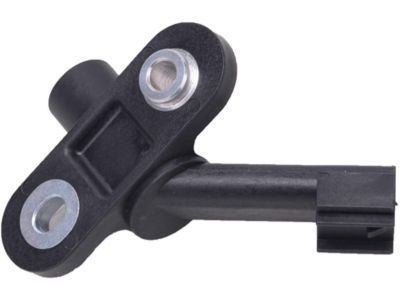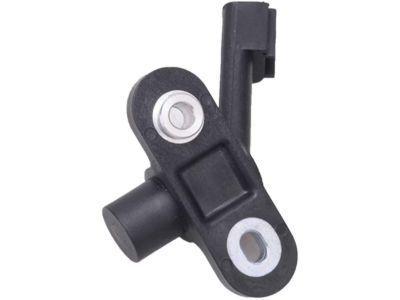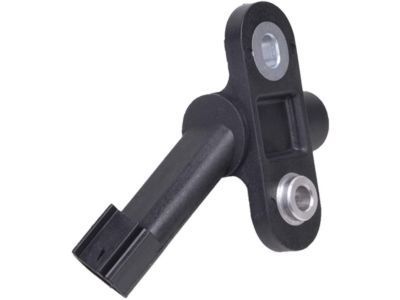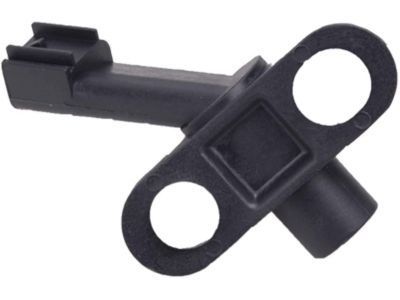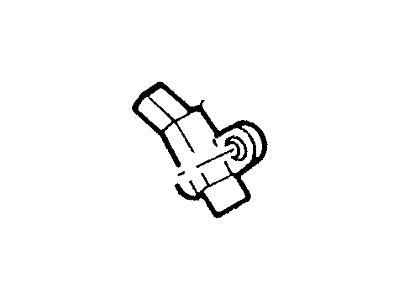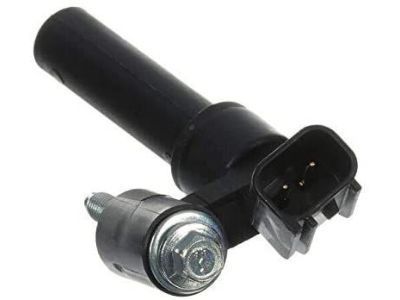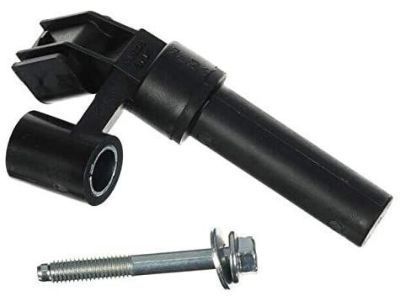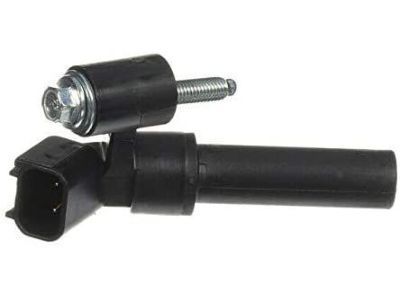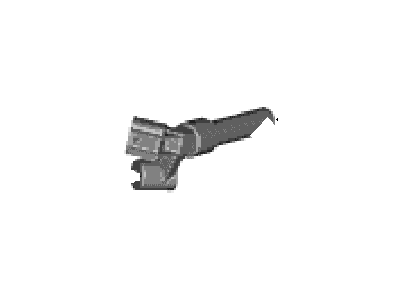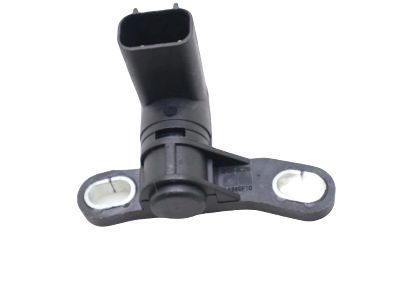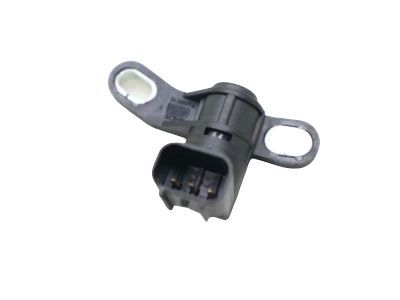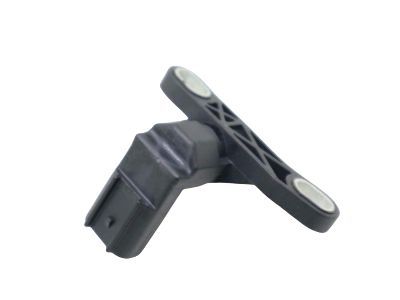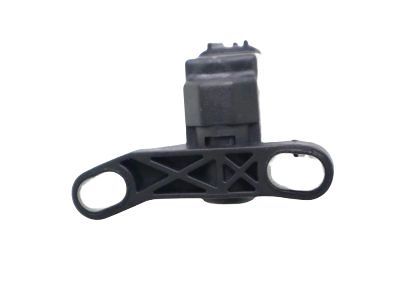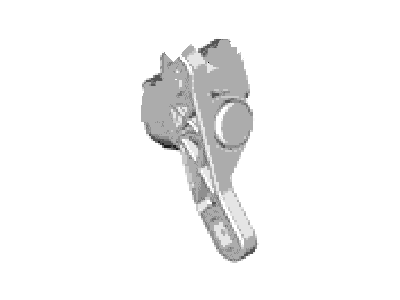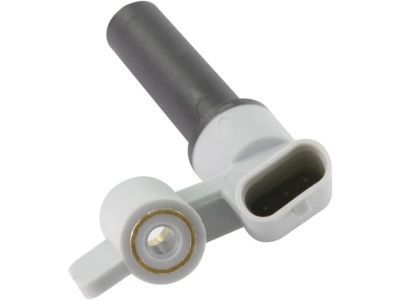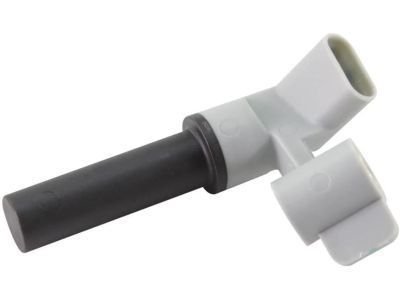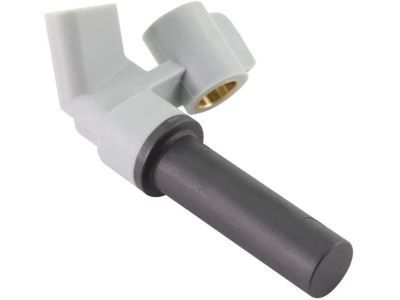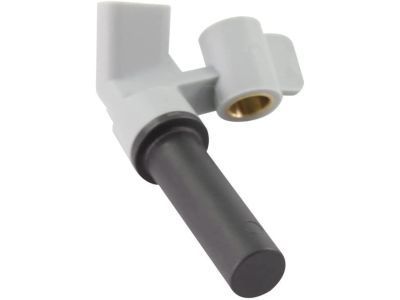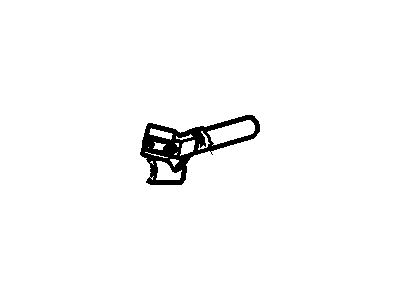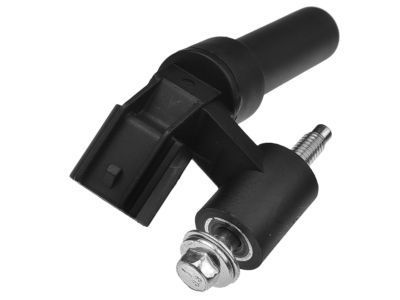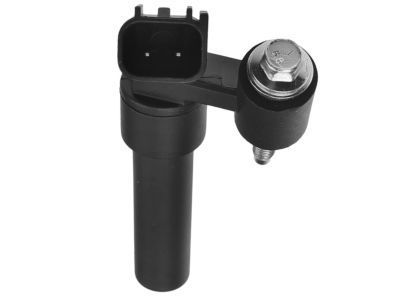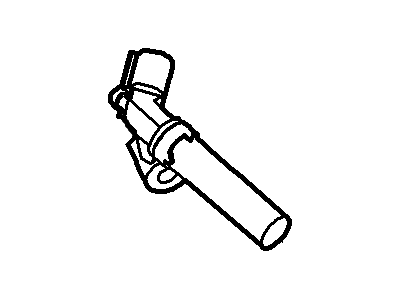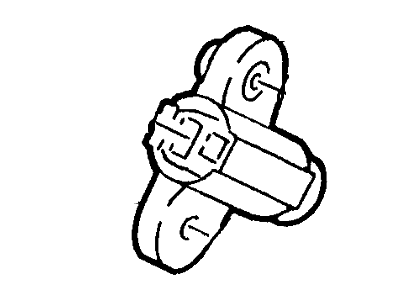

My Garage
My Account
Cart
Genuine Ford Taurus Crankshaft Position Sensor
Engine Crankshaft Position Sensor- Select Vehicle by Model
- Select Vehicle by VIN
Select Vehicle by Model
orMake
Model
Year
Select Vehicle by VIN
For the most accurate results, select vehicle by your VIN (Vehicle Identification Number).
7 Crankshaft Position Sensors found
Ford Taurus Sensor - Crankshaft Position
Part Number: 4F1Z-6C315-AA$49.25 MSRP: $78.55You Save: $29.30 (38%)Ships in 1-2 Business DaysFord Taurus Sensor - Crankshaft Position
Part Number: AA5Z-6C315-A$47.42 MSRP: $75.64You Save: $28.22 (38%)Ships in 1-2 Business DaysFord Taurus Sensor - Crankshaft Position
Part Number: 6M8Z-6C315-AA$67.32 MSRP: $111.27You Save: $43.95 (40%)Ships in 1-2 Business DaysFord Taurus Sensor - Crankshaft Position
Part Number: BL3Z-6C315-A$25.99 MSRP: $41.45You Save: $15.46 (38%)Ships in 1-2 Business DaysFord Taurus Sensor - Crankshaft
Part Number: 7T4Z-6C315-B$47.42 MSRP: $75.64You Save: $28.22 (38%)Ships in 1-2 Business DaysFord Taurus Sensor - Crankshaft Position - CPS
Part Number: 1F1Z-6C315-AA$19.72 MSRP: $31.45You Save: $11.73 (38%)Ships in 1-2 Business Days
Ford Taurus Crankshaft Position Sensor
Crankshaft Position Sensor is an electrical faculty installed in Ford Taurus that analyze the position and speed of the crankshaft. It relays this data to the powertrain control module from where it determines the amount of fuel to be injected and the recommended time for ignition that ensures effective engine performance. A bad Crankshaft Position Sensor may result to difficulty in start up or stalling of the engine. Different kinds of Crankshaft Position Sensors have over the years been used in the models of Ford Taurus car and these are include the inductive type, the Hall Effect type, magnetoresistive type and the Optical type. Inductive sensors are non-contact whereas Hall and magnetoresistive sensors are capable of sensing static magnetic field. Optical sensors are accurate in their resolution and accurate but may be easily contaminated by fouling layer. The type of a sensor used may influence the operations of the sensor and its ability to work in different adverse conditions.
We provide a wide range of Ford Taurus Crankshaft Position Sensor at the best prices possible. If you need Ford Taurus Crankshaft Position Sensor, you can shop with confidence on our website. All our OEM parts come with a manufacturer's warranty and are delivered to your door step with a fast delivery service.
Ford Taurus Crankshaft Position Sensor Parts Questions & Experts Answers
- Q: How do you replace the CKP sensor and what steps should be followed for installation on Ford Taurus?A:Replacing the CKP sensor might set a Diagnostic Trouble Code (OTC). If it does, and you have a generic scan tool that can clear codes, erase the code and check if it reappears. If it does, drive the vehicle to a dealer service department to perform a Misfire Monitor Neutral Profile Correction procedure with a factory scan tool. Begin by disconnecting the cable from the negative battery terminal. For four-cylinder models and 3.0L V6 models (2007 and earlier), loosen the right front wheel lug nuts, raise the front of the vehicle, and support it securely on jackstands. Remove the right front wheel and the inner fender splash shield, then remove the engine under-cover. For four-cylinder models, position the no. 1 cylinder at Top Dead Center (TDC), then disconnect the electrical connector from the CKP sensor. Unscrew the CKP sensor mounting bolts and remove the sensor. If installing a new CKP sensor, use the special alignment jig that comes with it to align the sensor according to the manufacturer's instructions, then tighten the bolts and remove the jig. If reinstalling the old CKP sensor, align it using the timing plate's teeth as a guide, then tighten the bolts. The remainder of the installation is the reverse of removal. For 3.0L V6 engines, disconnect the CKP sensor electrical connector, unscrew the mounting bolt, and remove the sensor, inspecting the O-ring for damage and lubricating it with oil before installation. For 3.5L engines, remove the front cylinder bank Catalytic Converter if applicable, then remove the heat shield and the rubber grommet cover to access the CKP sensor. Disconnect the electrical connector, remove the mounting bolt, and inspect the O-ring before lubricating it and reinstalling the sensor, ensuring to tighten the mounting bolt to the specified torque.
Related Ford Taurus Parts
Browse by Year
2019 Crankshaft Position Sensor 2018 Crankshaft Position Sensor 2017 Crankshaft Position Sensor 2016 Crankshaft Position Sensor 2015 Crankshaft Position Sensor 2014 Crankshaft Position Sensor 2013 Crankshaft Position Sensor 2012 Crankshaft Position Sensor 2011 Crankshaft Position Sensor 2010 Crankshaft Position Sensor 2009 Crankshaft Position Sensor 2008 Crankshaft Position Sensor 2007 Crankshaft Position Sensor 2006 Crankshaft Position Sensor 2005 Crankshaft Position Sensor 2004 Crankshaft Position Sensor 2003 Crankshaft Position Sensor 2002 Crankshaft Position Sensor 2001 Crankshaft Position Sensor 1995 Crankshaft Position Sensor 1994 Crankshaft Position Sensor 1993 Crankshaft Position Sensor 1992 Crankshaft Position Sensor 1991 Crankshaft Position Sensor 1990 Crankshaft Position Sensor 1989 Crankshaft Position Sensor
